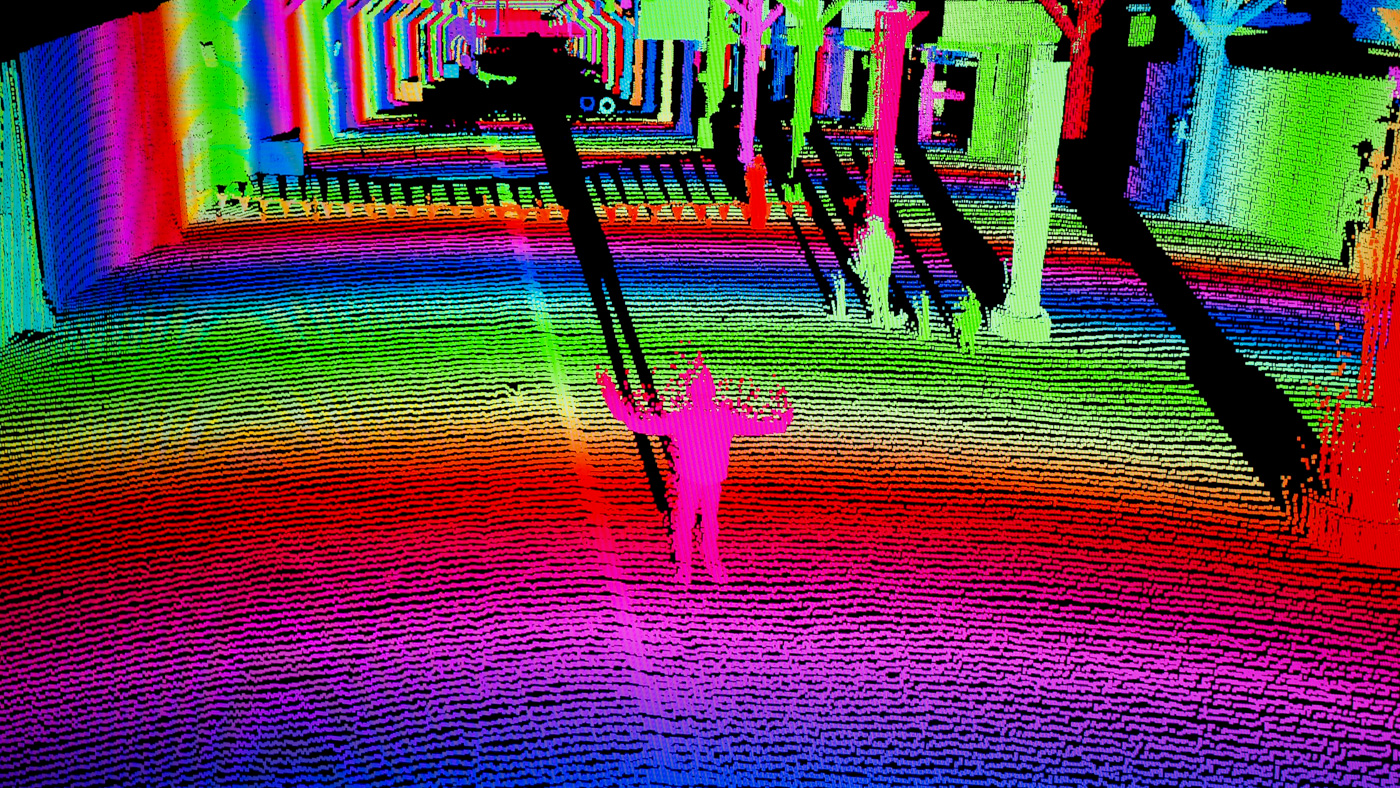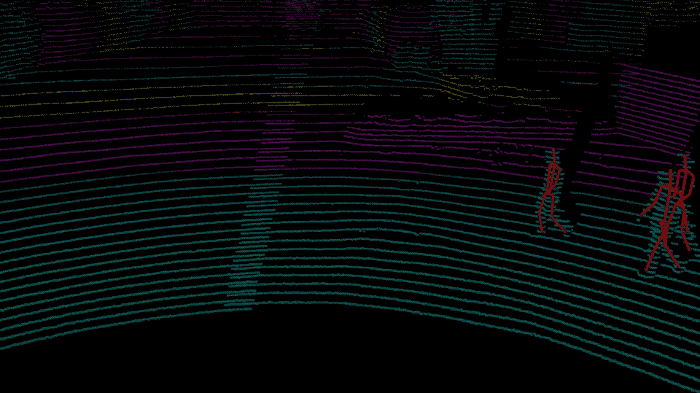Lidar from Luminar and Volvo helps determine the activity of pedestrians at a distance of a quarter of a kilometer

Robomobils are becoming smarter, many models are already able to move independently on public roads. Autopilots of different manufacturers do an excellent job with the recognition of fuzzy markings, remote road signs, and the situation on the roads. But non-standard situations autopilots decide still not too well.
An example is a malfunction in the Uber rob-mobile system, which knocked down a cyclist in dark clothes that crossed the road in the wrong place at night on the road . The software platform of the mobile was simply not able to “understand” what was in front of it, and it was decided to continue the movement. In order to solve problems of this kind, Luminar and Volvo have developed a specialized lidar.
Thanks to the laser system, this device helps the robot to understand what is happening ahead - at distances up to a quarter of a kilometer. Lidar easily detects moving objects, including people, and determines the type of pedestrian activity. The granularity of recognition is very large - the computer is able to determine the position of the head, arms and legs of people who move (or stand) in front.

The Robomobil, called the 360c, is so far an attempt by industrial designers and engineers to achieve 4th level of autonomy on highways. This means that the car can perform almost any actions on the roads independently, determining external factors and reacting to them in accordance with the conditions.
True, Volvo representatives saythat the driver must still drive the car on or off the track. But on the high-speed section, you can do nothing - the robot will cope with everything himself.
Volvo and Luminar signed a cooperation agreement earlier this year, it turned out to be quite fruitful. Lumiar management states that the company, in addition to Vovlo, has 18 partners, including the Toyota Research Institute.
The interest of car manufacturers to the lidars from Lumiar is clear - after all, when determining the presence of an obstacle at a distance of 250 meters, the car can brake without problems. This is enough to stop even a large truck.
“You must be able to assess the shape of the object, there must be a certain distance at which the object must be detected, so that the mobile will have enough time to brake,” said a Lumiar representative.
Luminar usually places its solutions on moving parts of the machine, and the laser system emits a laser at a frequency that is safe for humans - sight cannot be damaged by a laser beam. The company does not talk about how many robots are already equipped with a system, as far as can be judged, this number is not so great.
By the way, earlier automakers did not have a unanimous opinion as to what lidars should measure, to which computer systems should react - that is, there was no uniform standard of requirements. Now the standards have begun to form, the criteria for the hardware platform of the romo mobiles are no longer so different - no more than 10-20 percent.
In the lidar market, the leading company is Velodyne, which was the first to start developing such devices. Velodyne systems are placed on the roof, and they rotate to provide a robotic round eye. For most other manufacturers, lidars are fixed installations that barely move.
Some companies operating in the robotic industry are trying to patent technology used in lidars in order to gain a foothold as a leader. Not long ago , Waymo, a division of Google, attempted such an attempt .
Already mentioned Velodyne got stuck in a patent dispute with a startup Quaneregy. Other companies are engaged in similar proceedings.
Anyway, technologies are gradually developing, and lidars are becoming more and more perfect. Level 4 robomobils are not far off, most likely in 5-7 years they will already be rolling on public roads, and not for tests, but carrying passengers.
